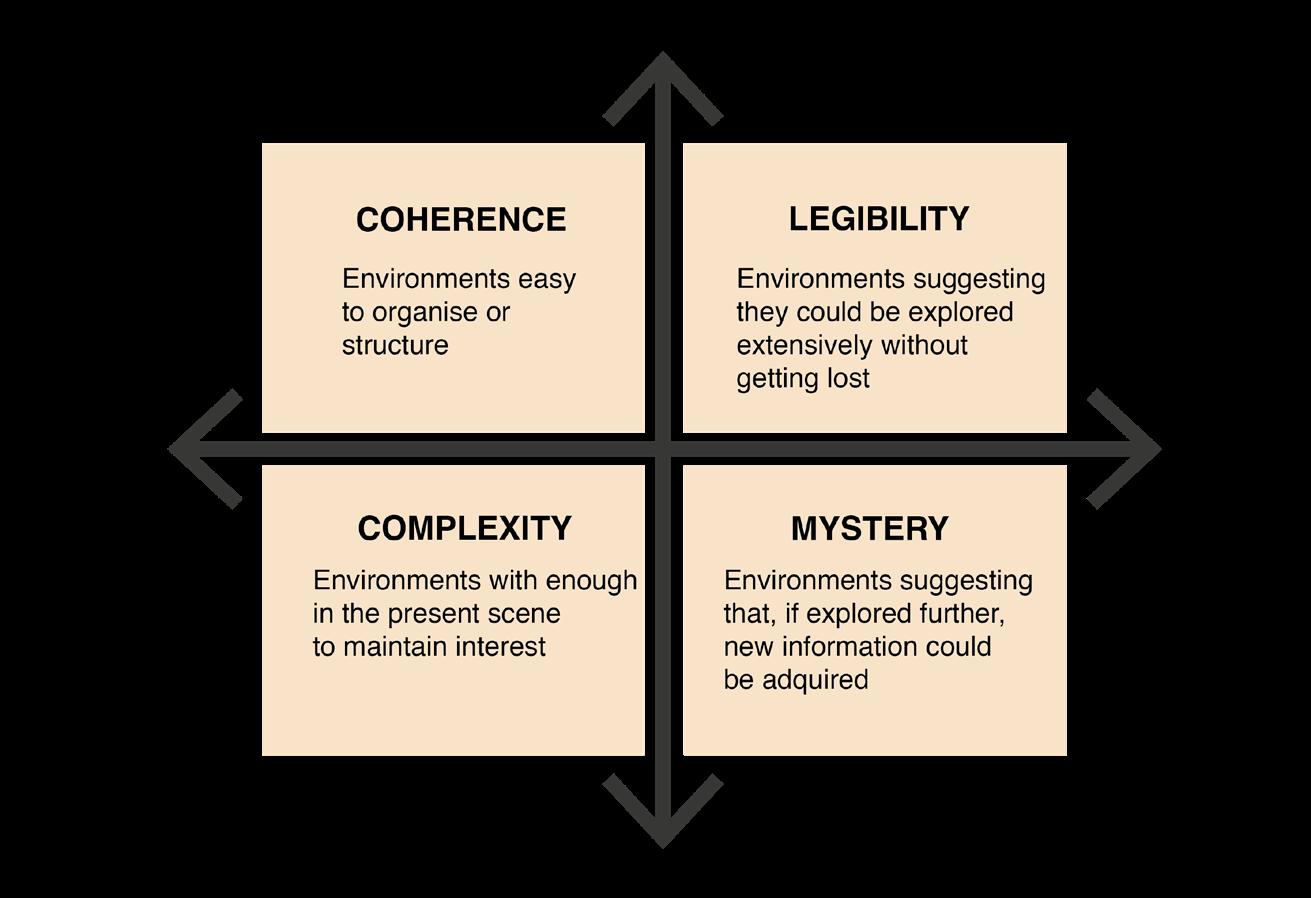
1 minute read
Environmental Perception in the Design Process
The image of a city was conceived by Kevin Lynch (1982) as a mental construct of the environment, a result of a two-way process between observer and environment, therefore images could differ from one person to another, as people would give elements different values. When there is a common image shared by a group of people or community, it could be called ‘identity of place’, according to Montgomery (1998).
I work with the above concepts of image and identity of place as outcomes that the urban design process should aim to when deciding the structure of a city or an area in particular, in order to prevent a city being an ‘anywhere place’.
Advertisement
There is an argument for places that result coherent to observers in the present, therefore, when standing on a particular place, it is easy to understand the environment around, and when deciding to explore, the route appears obvious to the observer as the design of the environment is suggestive.
An interesting argument is the addition of complexity and uncertainty in the mix through design. This is the case where the environment is sufficiently complex for the observer not being able to make a mental spatial structure. In this case, the observer needs to get more involved in the exploration as travelling through the environment presents them with additional information suggesting more and more.

Takeaway
I am of the view that a balance between legibility and mystery is an adequate way forward in designing at the Station Car Park in Lewes. I suggest that design decisions should be made with an understanding of the town’s identity and the elements that form Lewes, but being careful at design stage so buildings and spaces in between are not reduced to the production of signs and responses, but they perform a deeper function to town.
Analyse the elements that conform the ‘Image of the City’ according to Kevin Lynch: landmarks, nodes, districts, edges and routes.










